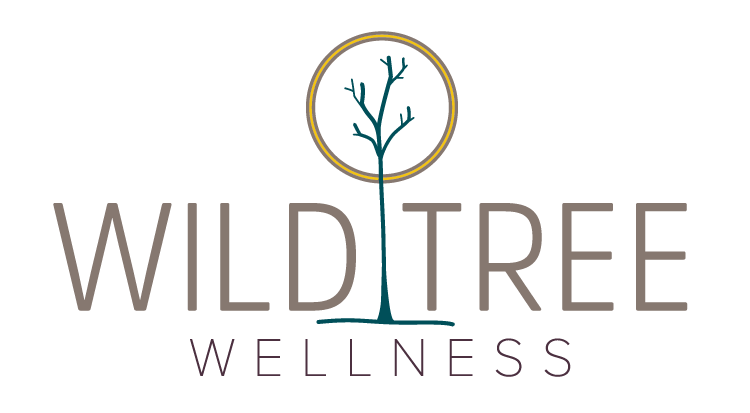Trauma Healing: Telling the Story
A common practice in addressing post-traumatic stress disorder (PTSD) in adolescents is the trauma narrative. Story is a way of desensitizing ourselves to what happened to us, and is a vital instrument when it comes to letting go of the “It’s my fault” pattern of thought. Such is also true for adults. Even though adults are better able to verbalize (sometimes) the trauma, story can provide a clearer picture, which can then allow for the trauma to be parceled more easily. For example, trauma is often “jumbled” in the brain, and therefore, individuals are more attuned/sensitized to potential triggers because the trauma has not been neatly organized or correctly understood. The trauma narrative helps in this organization, and frequently, individuals are better able to get at the truth of what occurred. Essentially, it’s putting one back in the driver’s seat of the brain. As stated by Jami DeLoe (2015), this truth-telling helps to identify “that the feeling or situation you are in is not the same as your traumatic event, and becoming aware that your fear and anxiety, while real, are not necessarily accurate reactions.” Once an individual, in a perceived threatening circumstance, is aware that his or her reactions are not, in fact, accurate he or she is better able to utilize the narrative as a coping strategy to address what might be happening in the moment.
Though difficult to confront in such a direct fashion, in both adolescents and adults, the trauma narrative allows for more control, and often power, in response to the trauma that did not exist prior to having brought the story to life.
Written by Ann Kellogg, MS, LPC
Photo Source: unsplash.com
